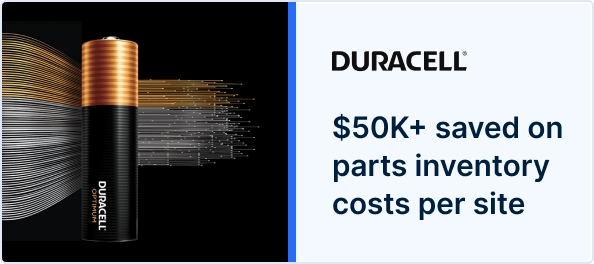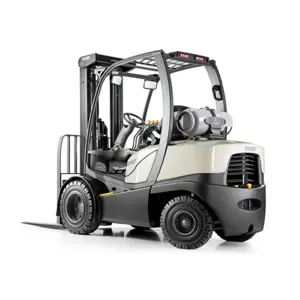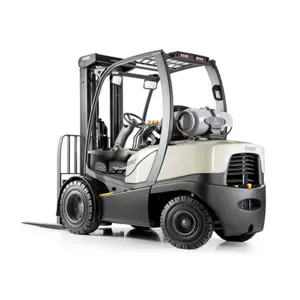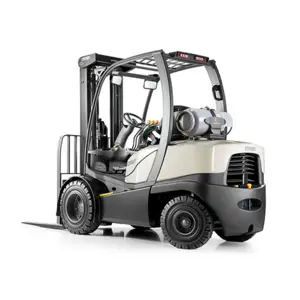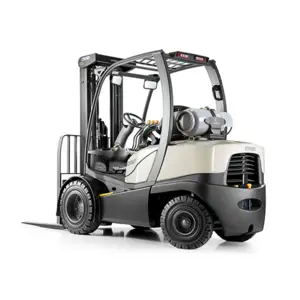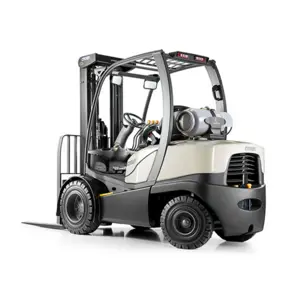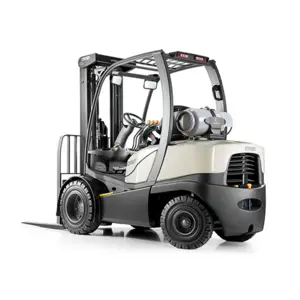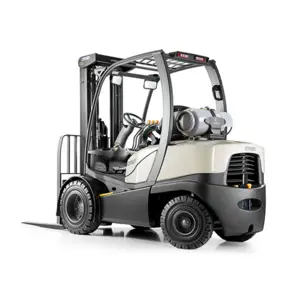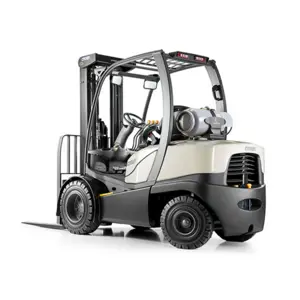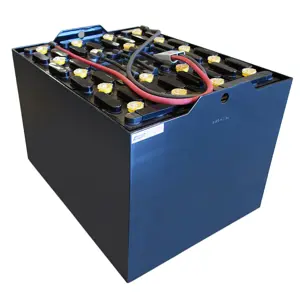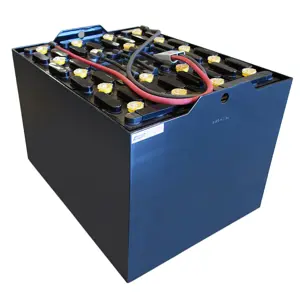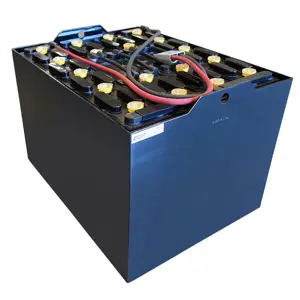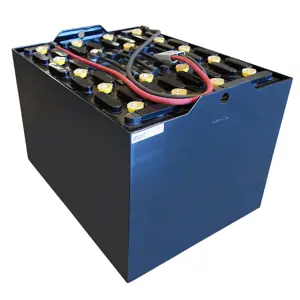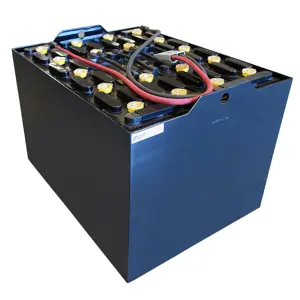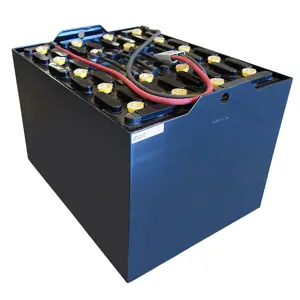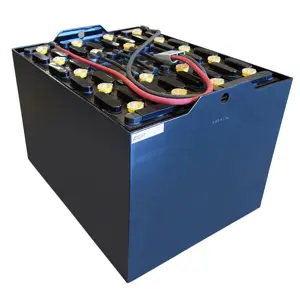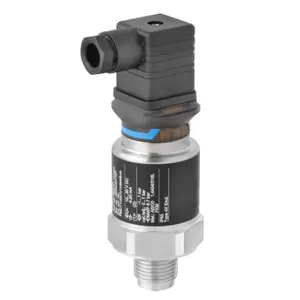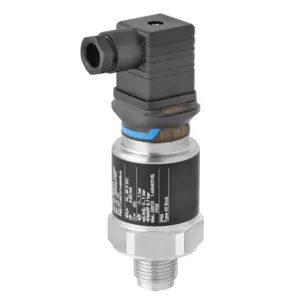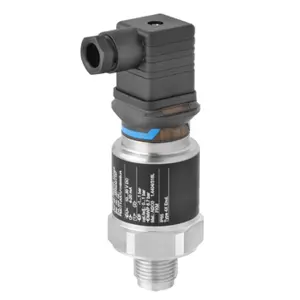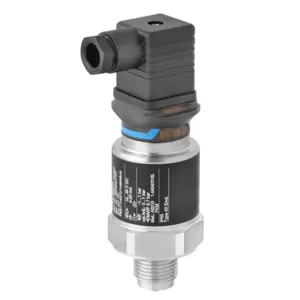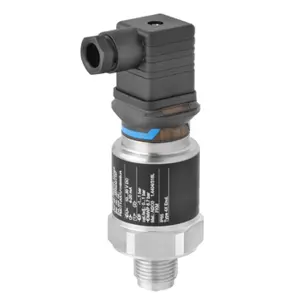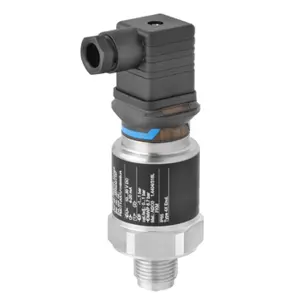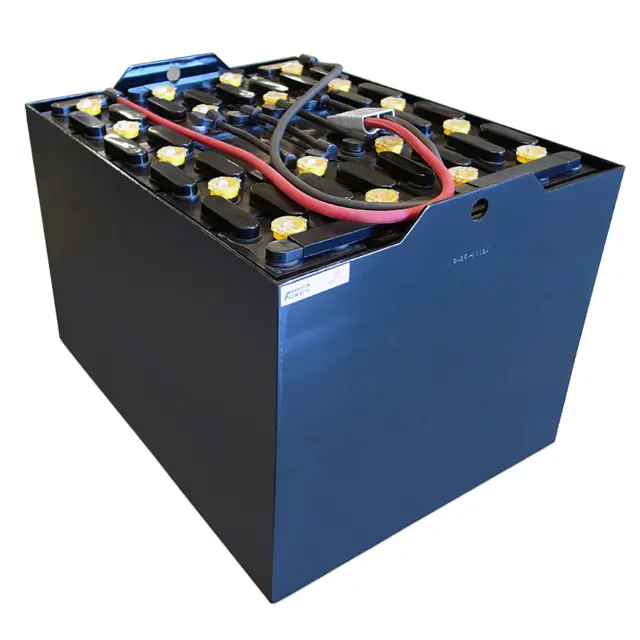

The Crown Battery 160S is a high-performance industrial battery designed for reliable energy storage and efficient power delivery. Known for its durability and longevity, this model is ideal for various applications, ensuring optimal performance in demanding environments. Trust Crown Battery for your energy solutions.
Turn manuals into instant answers
with your AI-powered assistantTurn manuals into instant answers
with your AI-powered assistant
Manual for Crown Crown Battery 160S 160S
Complete asset maintenance, one click away
Get instant access to all the maintenance information you need. Empower technicians to perform preventive maintenance with asset packages, ready to use right out of the box.
Documents & Manuals
Find all the essential guides in one place.
Tensioning Guide
Belt-diagram
C-120 pulleys
+ 13 more
Work Order Templates
Pre-built workflows to keep your asset running smoothly.
Daily Electrical System Inspection
Replace Roller and Pulley
Install Engine B-120
+ 29 more
Procedures
Integrate maintenance plans directly into your work orders.
Motion Industries
Applied Industrial Technologies
Electrical Brothers
+ 5 more
Parts
Access the parts list for your equipment in MaintainX.
Drive Motor
B2 Rollers
Tensioning System
+ 40 more

Crown Crown Battery 160S 160S
Create an account to install this asset package.
Maintenance Plans for Crown Crown Battery 160S Model 160S
Integrate maintenance plans directly into your work orders in MaintainX.
Battery Capacity Test
- A capacity test enables you to determine the capacity a battery actually delivers as compared to its rated capacity. This test can help determine if a battery should be repaired or replaced. When a battery delivers less than 80% of its rated capacity, the remaining capacity will decrease with each additional cycle
- It should be replaced before its cells fail and cause low-voltage operation of the vehicle, which can cause damage to the trucks electrical system
- A capacity test is performed by discharging a fully charged battery at a fixed rate (see chart on page 30) while monitoring specific test conditions, methods and procedures
- The six-hour rated discharge time is based on an electrolyte temperature of 77°F (25°C). Any deviation to that temperature, a correction to the six-hour rated time must be made
PROCEDURES FOR CAPACITY DISCHARGING:
1) Battery must be fully charged.
2) Specific gravities must be at manufacturers specifications, otherwise they must be adjusted accordingly.
3) Battery should be allowed to cool down prior to testing. Ideally, the temperature should be 75°F to 85°F. Otherwise the voltages will be affected by the temperature and the capacity must be temperature corrected.
4) Battery should be discharged within 24 hours of completion of charging and acid adjustment.
Sulfated Batteries Maintenance
- Lead Acid Motive Power Batteries can become unbalanced or sulfated if they are not recharged or equalize charged on a regular basis
Likewise over-discharging or unbalanced discharge can cause low uneven cell voltages. The treatment for restoring the battery to its full potential involves charging and discharging the battery in a very tightly controlled manor
This is a last resort remedy in order to salvage a battery that's been allowed to get into this condition. This may or may not be successful, as sulfate is extremely hard to remove from the cell plates and if let in this condition, may not be reversible
Step 1.
A. Charge the battery as normal to a fully charged condition.
B. Record all individual cell voltages and specific gravities. These readings will be used later to measure how successtul the treatment was.
C. Starting with a cool (less than 80°F) fully charged battery, charge the battery at 2.5 amps per 100 amps of battery capacity. A 24-85FC-21 has a capacity of 850 A.H. Therefore the charge rate would be 21 amps. Charge the battery for at least 24 hours. Stop the charge, if the battery temperature goes to 120°F or higher.
Step 2.
A. Let the battery cool back down to about 80°F
2 Monthly Battery Maintenance
- Equalizing Charge:
Each cell of a battery has slight differences in uniformity of construction and content. These differences cause some cells to take less charge than the other cells in the battery. After a while the state of charge of the cells, which require more charge than the others will drift back in capacity and the battery will not deliver its full capacity
To bring the cells with a lower state of charge up to the same level as the others, the battery is given an "equalizing charge". The cells with a higher state of charge will be somewhat overcharged in order to bring the cells with a below normal state of charge up to full charge
The recommended frequency of equalization is dependent upon how often the batteries are cycled and the depth of the cycles. The frequency of equalization can dramatically affect the operational costs of the vehicle
Unnecessary equalizing charges, in addition to consuming electricity, can result in significant loss of battery life caused by overcharge. The following examples will give you a good idea of a reasonable battery-equalizing schedule for a specific battery operation
1. For batteries that are cycled only once or twice a week to an average depth of 30%-60%, a monthly equalizing charge is sufficient to keep them fully charged
2. Batteries that are discharged regularly- three or more cycles per week and to an average discharge depth of 60%-80% of their rating- can be kept healthy by equalizing them every two months
3. Batteries that are cycled four to eight times a month at any dept require equalizing about every month to keep them in a healthy condition
4. Batteries that are cycled five or more times a week at an average discharge of 60%‐80% may not need equalizing charges unless stored;
8 Hourly Battery Maintenance
- Cycle Charge battery:
This is the complete recharge of a battery after it has been fully or partially discharged during normal operation. In general, a cycle charge is based on an 8‐hour charging cycles, but can be extended, depending on need
- Freshening Charge battery:
A freshening charge is used to bring a battery to a fully charged condition before it is placed in service or when it has been standing idle for a short period. It takes about three hours at the finish charge rate (3‐6 amperes per 100‐ampere hours of the battery’s 6‐hour capacity rating)
Charging Process:
When a battery is placed on charge, the opposite action of battery discharging takes place; the sulfate in the active material of the plates is driven back into the electrolyte
This reduces the sulfate in the plates and increases the specific gravity of the electrolyte and the electrochemical process continues until the on-charge cell voltages reach 2.50 to 2.70 volts per cell, depending on the type of charging equipment used
Finish rate or "normal" rate is that current which can be used safely any time charging is required and which can be continued after the completion of the charge without causing excessive gassing or high temperature resulting from overcharge. The finish rate is shown on the nameplate of Crown Batteries
Generally, the finish rate is 3.5 amperes per 100 hours of the battery's 6-hour rated capacity. A partially or completely discharged battery can safely handle currents much higher than the finish rate, but as it approaches full charge, whatever charging rate is used must be reduced to the finish rate
4 Yearly Battery Replacement
Warning: Battery replacement should be done by trained personnel only!
Old battery removed successfully?
New battery installed successfully?
Enter the number of charge cycles of the new battery
Enter the model of the new battery
Sign off on the battery replacement
Unlock efficiency
with MaintainX CoPilot
MaintainX CoPilot is your expert colleague, on call 24/7, helping your team find the answers they need to keep equipment running.
Reduce Unplanned Downtime
Ensure your team follows consistent procedures to minimize equipment failures and costly delays.
Maximize Asset Availability
Keep your assets running longer and more reliably, with standardized maintenance workflows from OEM manuals.
Lower Maintenance Costs
Turn any technician into an expert to streamline operations, maintain more assets, and reduce overall costs.
Thousands of companies manage their assets with MaintainX
















